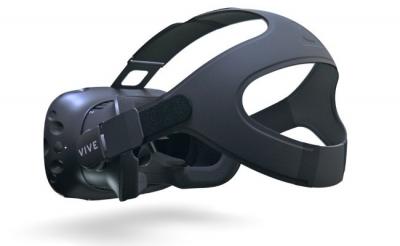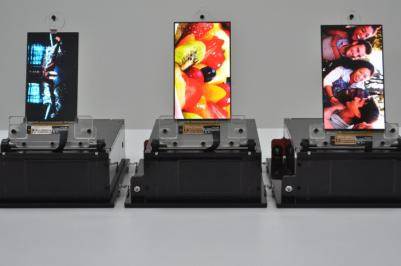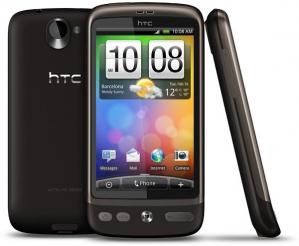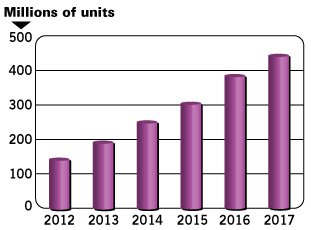Topology Research: The VR market will grow 29% in 2019 to reach 6 million units, led by Sony, Oculus and HTC
According to Taiwan-based Topology Research Institute, Sony, Oculus and HTC will continue and dominate the VR market in 2019. Sony will continue to be the leading VR vendor, with sales of its HMD to grow 10% in 2019 to reach 2.2 million units.
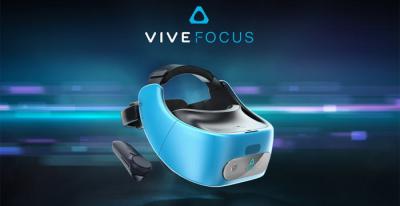
The second largest will be Oculus Rift, which will see a surge of 80% in shipments to reach 1.7 million in 2019. HTC will also see a nice sales increase of 33% and the Topology expects HTC to ship 800,00 VR HMDs in 2019. In total, Topology expects the market to grow 29% to reach 6 million units in 2019.
